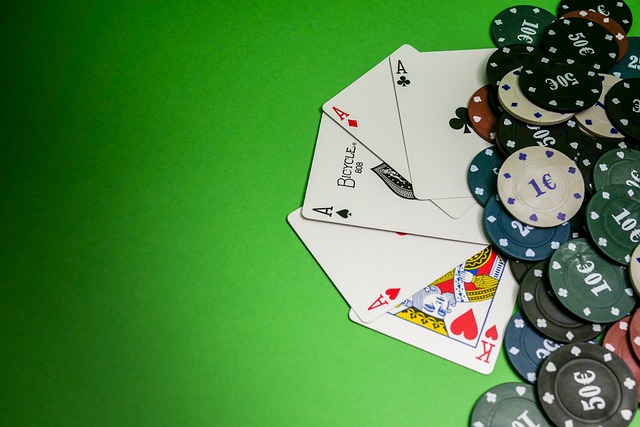We remind you that blinds are the foundation of poker. Without them, poker would be a meaningless activity where everyone sits around waiting to be dealt aces. Blinds, or blinds, are in place to make each round of the game pay something for every player. To play for a profit, you must firstly learn to recoup what is taken away from you, and secondly, recoup it in spades.
Cards to steal blainds with are different from cards to get into a game with if one or more other players are involved.
In the former case, we are likely to be up against one player when we encounter opposition, and the hand will end on the flop, where either we steal the pot or the opponent shows strength and we surrender. There will be occasions when we will have to use the re-raise on the turn, and there will be occasions when the flop will help us a lot – but this is very rare.
It is a different situation if we are in dealer position, we are dealt A7o and we have players in early and middle position in limps, i.e. in response to the opening bet. These two players have expressed their willingness to fight for the pot, and there is no indication that either of the blinds will want to withdraw from the fight. Despite the fact that we have the position, this is a very bad situation, so the best option is to fold. Why?
If we raise, three players are likely to see the flop. Unlike stealing the blinds, we will almost never get the pot right away, and a re-raise on the flop may not help either. If an ace is revealed on the board, there is a very high probability that one of your opponents has an ace with a stronger support card. Of course, if we keep the pressure on, we can often pick up the pot with a re-raise on the turn, but this may not be enough to compensate for our losses in other pots – it is a waste of money.
Bluffing against two or three players is not a cheap activity, and in low and medium stakes games it is also very unprofitable. Therefore, to get into the game from late position, you need cards that can fight in multibanks – these are any connectors in one suit, as well as big cards (pictures) in a suit. These cards can form a straight or a flush – great combinations for multi-player games. Also, these cards (in case a pair opens for the big cards or two pairs for the small connectors) have good value to open the opponent. By being in position, we can control the hand and the pot.
You may be wondering, why raise with these cards? You can, after all, call the opening bet and see the flop cheaply. The answer is simple – along with position, there is a concept called initiative. Raising preflop gives us two advantages: firstly, our opponents are more likely to flop cheques, giving us the choice to either reraise or see the turn for free. Secondly, our bets on the flop against multiple opponents can be misinterpreted – at this betting level, most people are aware of the concept of re-raises, but are afraid to counter them without good cards.
If an opponent flops a medium hand, which is very likely if there are multiple players watching the flop, he will think: “Aha! He bets again, I’ll call!” And it doesn’t even occur to him that we only re-raise against 2-3-4 players if we have caught a strong hand on the flop, or a very strong flush.




